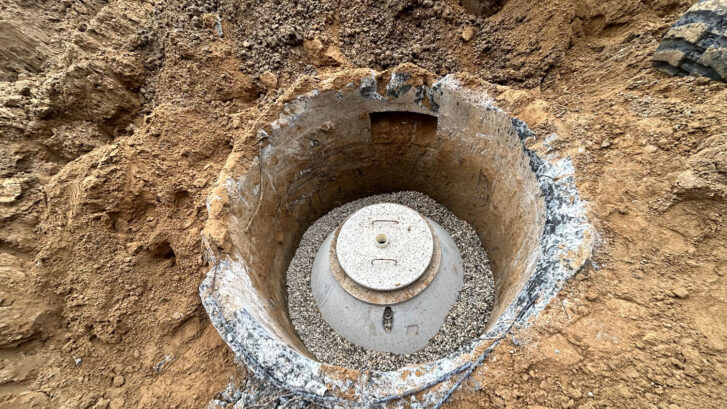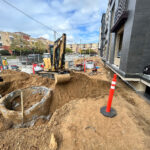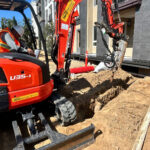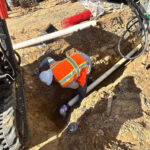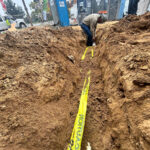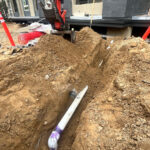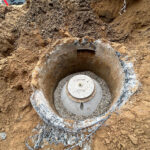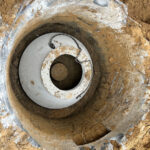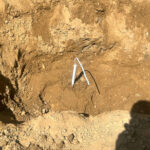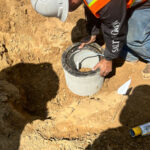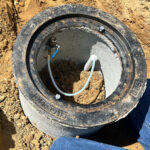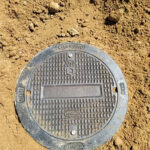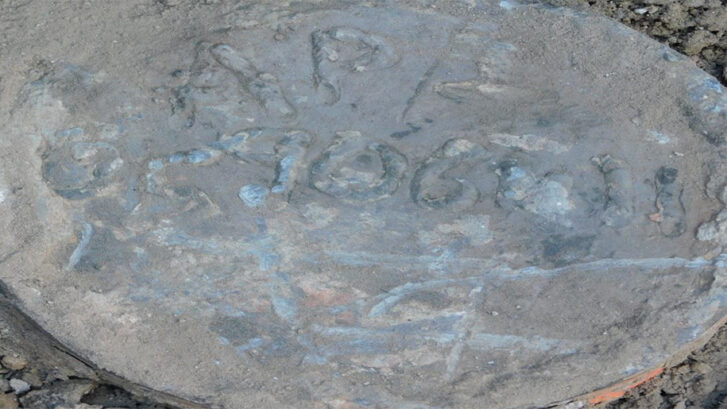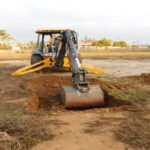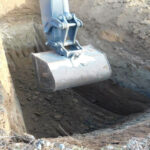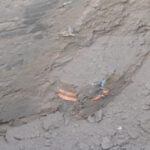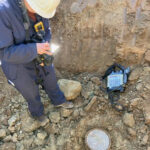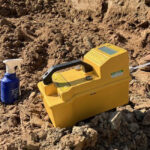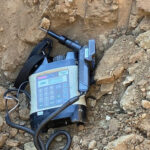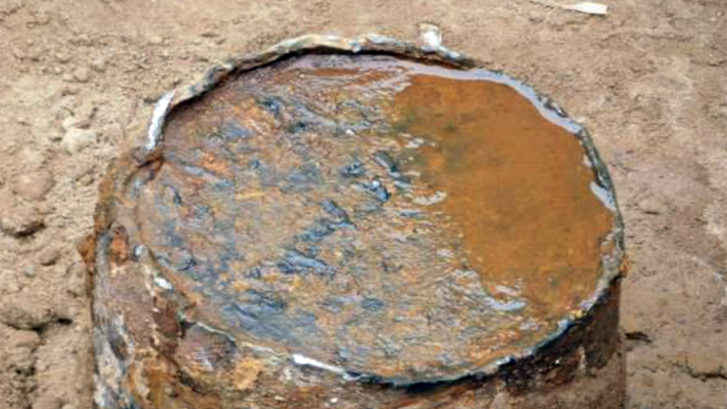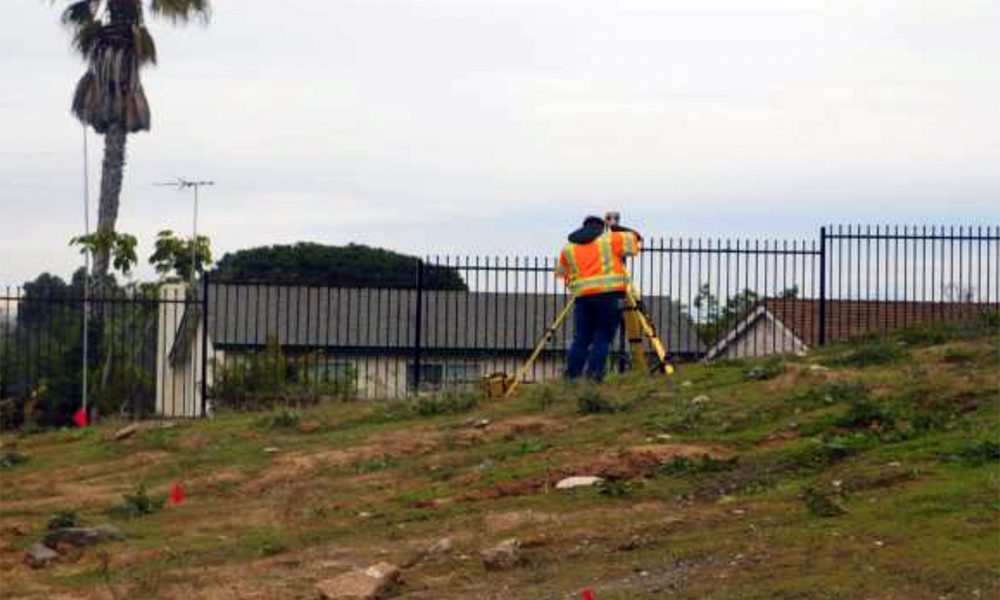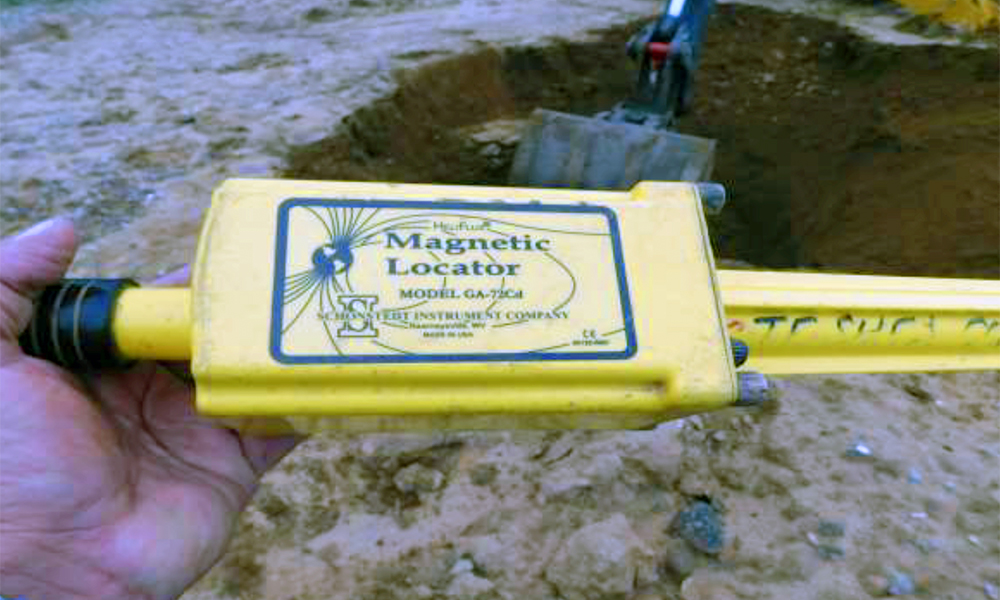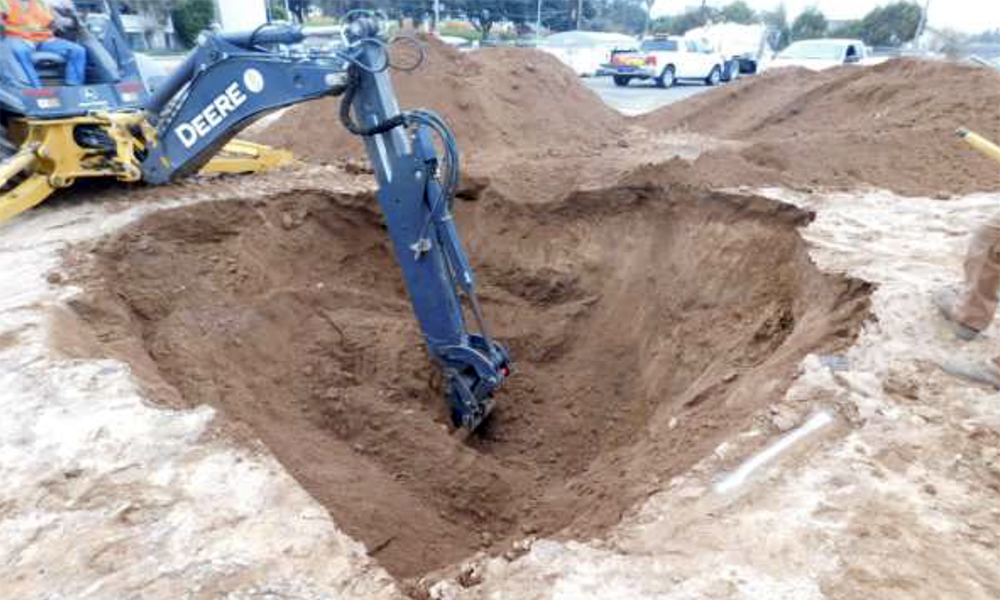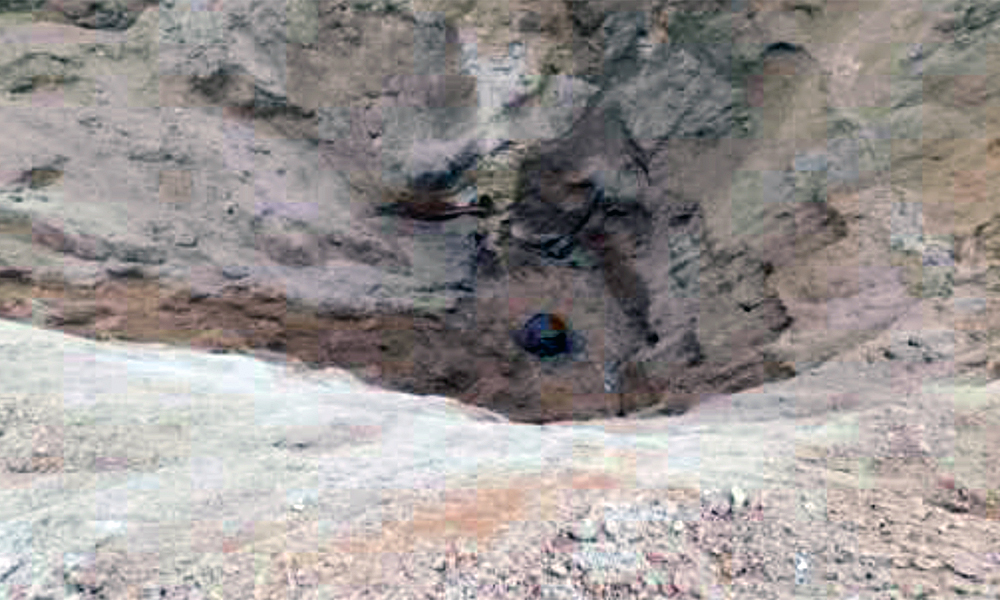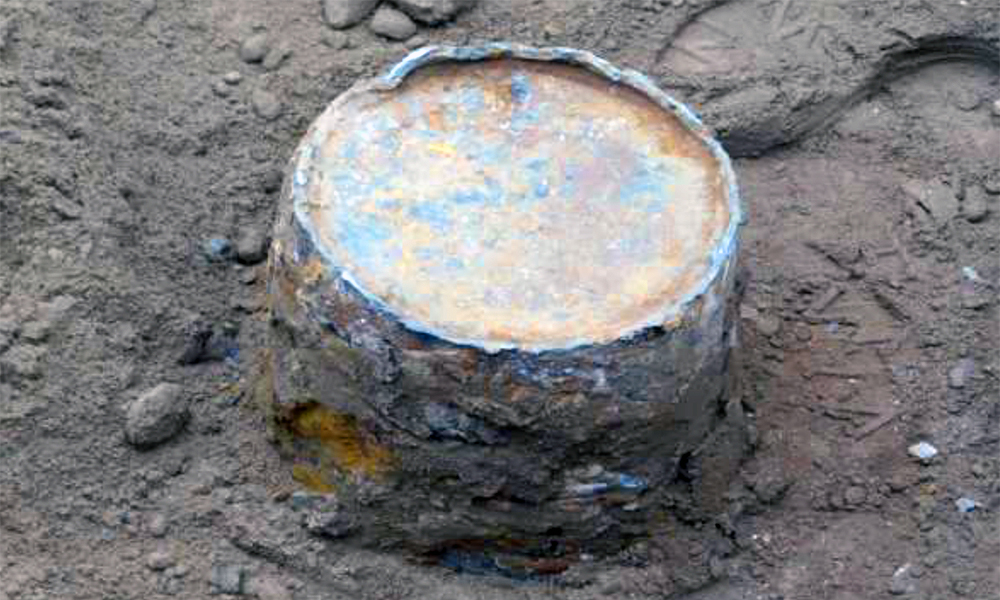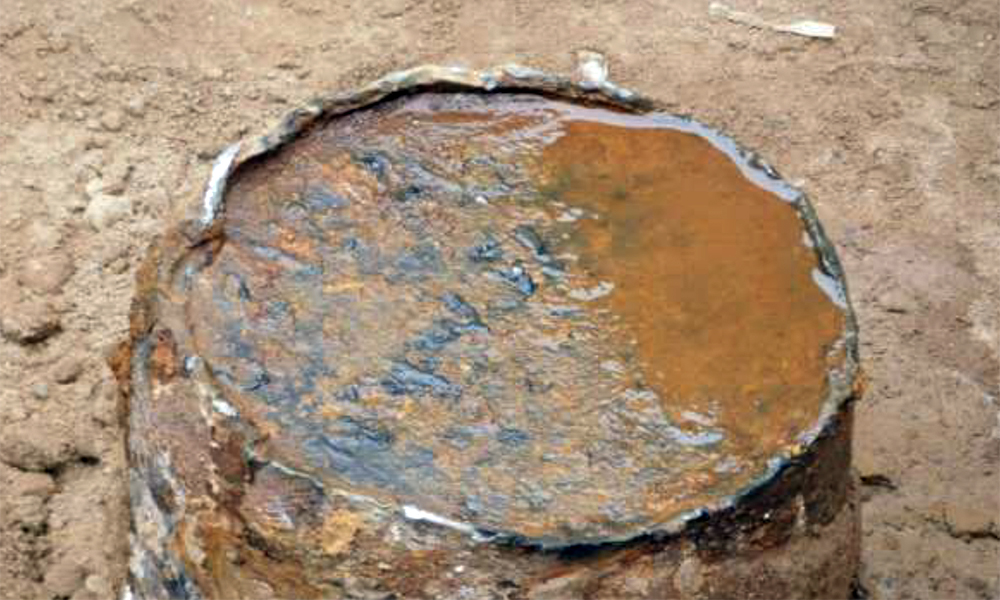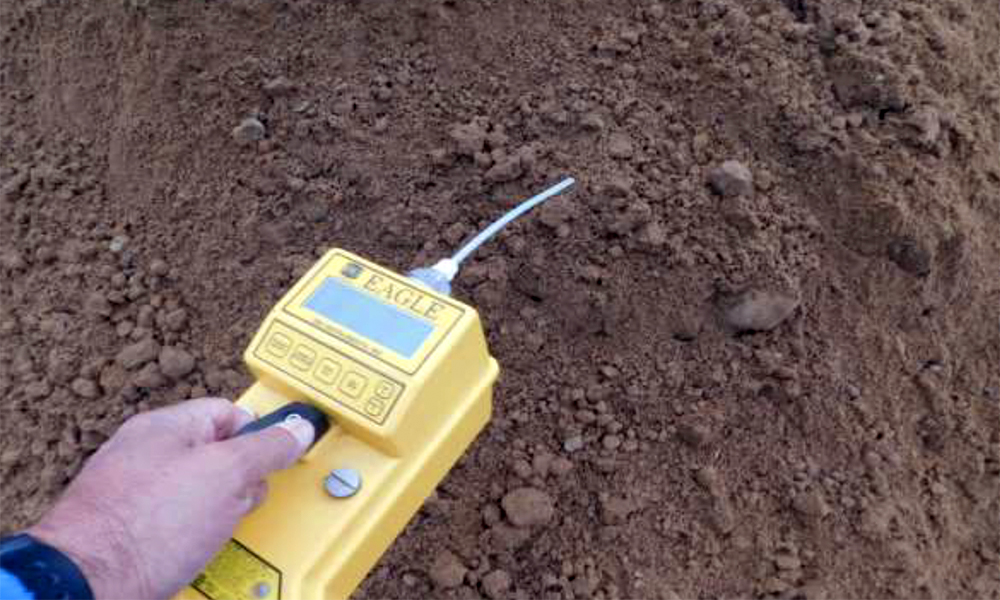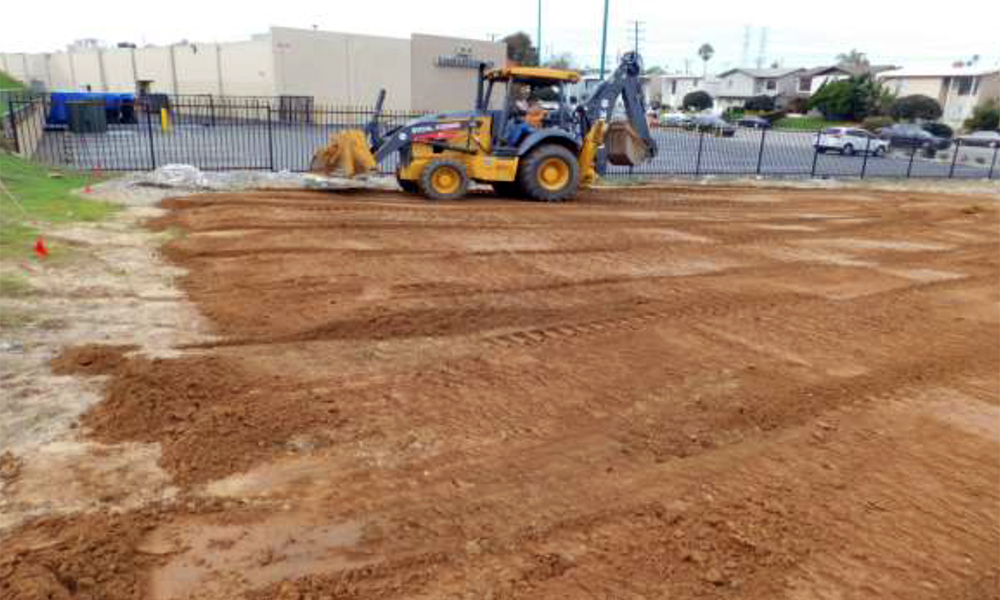Design Build Of Oil Well Vent Cone
Design Build Of Oil Well Vent Cone - Torrance, CA
Terra-Petra was engaged to complete a Design Build of an Oil Well Vent Cone currently being completed in the City of Torrance, CA. Oil well vent cones are designed to accumulate potentially hazardous and explosive oil field gasses that travel through oil well casings to the earth’s surface, and vent them to an approved location out of harm’s way.
Terra-Petra designed the vent cone system for the client, and negotiated with the City of Torrance, as well as their third-party peer review consultant, on the design of the Vent Cone in order to obtain the necessary permits needed to install the system.
Upon receiving design approval Terra-Petra engineers mobilized to the site and are in the process of completing the installation.
Project Services Provided


During the course of the design build for this oil well vent cone, Terra-Petra provided the following services for our client:
- Excavated the oil well, and placed the cone over the casing
- Filled the cone with gravel and provided all plumbing to a vertical vent riser terminating at the roof of the adjacent building.
- We will also be installing a monitoring port on the vent cone riser pipe to allow for quarterly monitoring of the vent cone to ensure that it is no leaking methane or H2S.
- As part of our services Terra-Petra will be carrying out the ongoing monitoring and reporting services for the client.
Terra-Petra Oil Well Vent Cone Services
Terra-Petra is the authorized distributor of a patented, pre-cast concrete oil well vent cone which is lined with an impermeable methane gas barrier. We have overseen the successful installation of more than 200 of these vent cones. We can coordinate the delivery and installation of a vent cone. We also are able to certify the installation to the governing agency.
If you have a need for an oil well vent cone system, or other oil well or environmental engineering services, contact Terra-Petra today for a consultation.
Project Photo Gallery
Click on any image below to enlarge.


